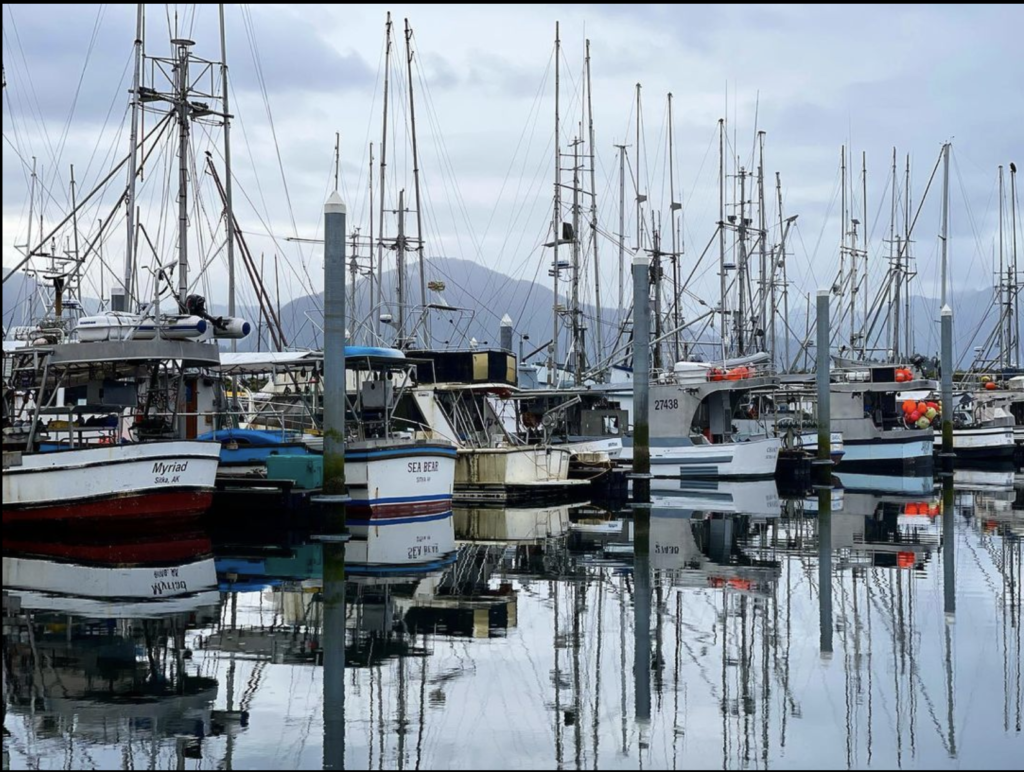For Edible magazines nationwide, a story about wild salmon:
When you see “wild salmon” on a menu or sign at your local fish counter, it usually means the fish were caught in Alaska.
Only about a quarter of the salmon Americans eat is wild. Of that portion, at least 80 percent comes from Alaskan waters in any given year, with the rest coming from Canada, the Pacific Northwest and California.
The majority of salmon sold in the U.S. is Atlantic salmon, which means they were raised around the globe in fish farming operations that confine the stock in underwater pens where they’re raised on manufactured feed for uniform flavor, color and nutritional value. You can also sometimes find farmed king and coho salmon as well.
While salmon used to return to spawn in their natal streams and lakes across America and the world, dams, pollution and overfishing have decimated their populations over the last few centuries. Commercial and recreational fishing of wild Atlantic salmon ceased in 1948 and is still prohibited in the United States. The only wild Atlantic salmon that remain live in a few rivers in Maine and are listed as endangered species.
Listen to the Edible Communities podcast on wild salmon.
